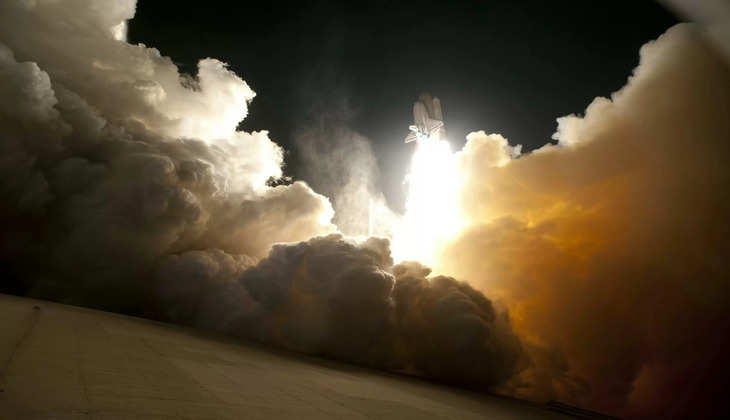What is Space Craft Machine?

A spacecraft machine, commonly referred to as a spacecraft, is a vehicle or machine designed for travel or operation in outer space. Spacecraft are used for a variety of purposes including communications, earth observation, meteorology, navigation, planetary exploration, and interstellar travel. They can be manned (carrying astronauts) or unmanned (robotic).
Key Components of a Spacecraft
-
Structure:
- The physical framework that supports all the other components of the spacecraft and withstands the stresses of launch, space travel, and re-entry (if applicable).
-
Propulsion System:
- Provides the necessary thrust to maneuver the spacecraft in space. This includes rocket engines, ion thrusters, and other propulsion technologies.
-
Power Supply:
- Provides energy to the spacecraft systems. Common power sources include solar panels, batteries, and nuclear power sources (such as RTGs - Radioisotope Thermoelectric Generators).
-
Communication System:
- Enables the spacecraft to communicate with ground control on Earth. This includes antennas and transceivers for sending and receiving signals.
-
Navigation and Guidance Systems:
- Ensures the spacecraft follows its intended trajectory and can make adjustments as needed. This includes gyroscopes, star trackers, and GPS systems (for Earth-orbiting spacecraft).
-
Thermal Control System:
- Manages the spacecraft’s temperature to ensure all components operate within their safe temperature ranges. This includes radiators, heaters, and insulation.
-
Scientific Instruments:
- Tools and sensors designed to collect data, such as cameras, spectrometers, magnetometers, and particle detectors. These vary depending on the mission’s objectives.
-
Life Support Systems (for manned spacecraft):
- Systems that provide air, water, food, and temperature control for astronauts. They also handle waste management and protect against radiation.
-
Payload:
- The specific equipment or instruments carried by the spacecraft to fulfill its mission objectives, such as satellites, scientific experiments, or crew modules.
Types of Spacecraft
-
Satellites:
- Objects placed into orbit around Earth or another celestial body. Used for communication, weather monitoring, navigation, and scientific research.
-
Space Probes:
- Unmanned spacecraft sent beyond Earth's orbit to collect data about other planets, moons, and celestial phenomena.
-
Rovers:
- Robotic vehicles designed to explore the surface of other planets or moons, such as Mars rovers.
-
Space Telescopes:
- Observatories placed in space to avoid the distortion of Earth's atmosphere and capture clearer images of the universe, such as the Hubble Space Telescope.
-
Crewed Spacecraft:
- Vehicles designed to carry astronauts into space. Examples include the Space Shuttle, the Soyuz spacecraft, and the SpaceX Crew Dragon.
-
Space Stations:
- Large structures in space where astronauts can live and work for extended periods, such as the International Space Station (ISS).
Example Spacecraft
-
Voyager 1 and 2:
- Space probes launched in 1977 to explore the outer planets and now traveling in interstellar space.
-
Hubble Space Telescope:
- Launched in 1990, it has provided some of the most detailed images of the universe.
-
International Space Station (ISS):
- A habitable space station that serves as a microgravity and space environment research laboratory.
-
Mars Rovers (Curiosity, Perseverance):
- Robotic vehicles exploring the surface of Mars to study its geology and search for signs of past life.
-
SpaceX Crew Dragon:
- A modern crewed spacecraft designed by SpaceX to transport astronauts to and from the International Space Station.
Conclusion
Spacecraft are complex machines that play a crucial role in advancing our understanding of space and improving technologies on Earth. Each type of spacecraft is designed with specific mission objectives in mind, whether it is to study distant planets, provide global communication, or enable human space travel.
